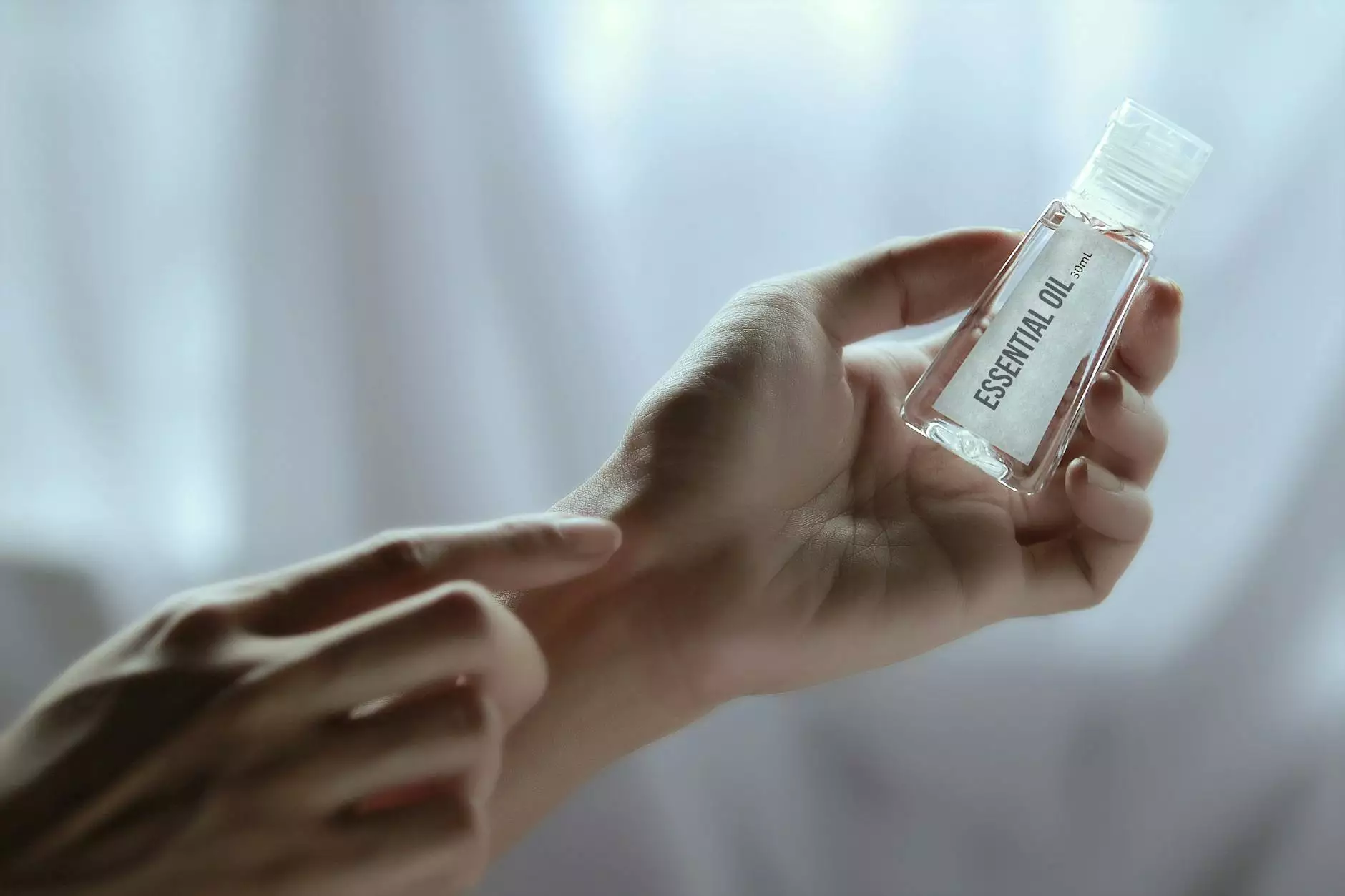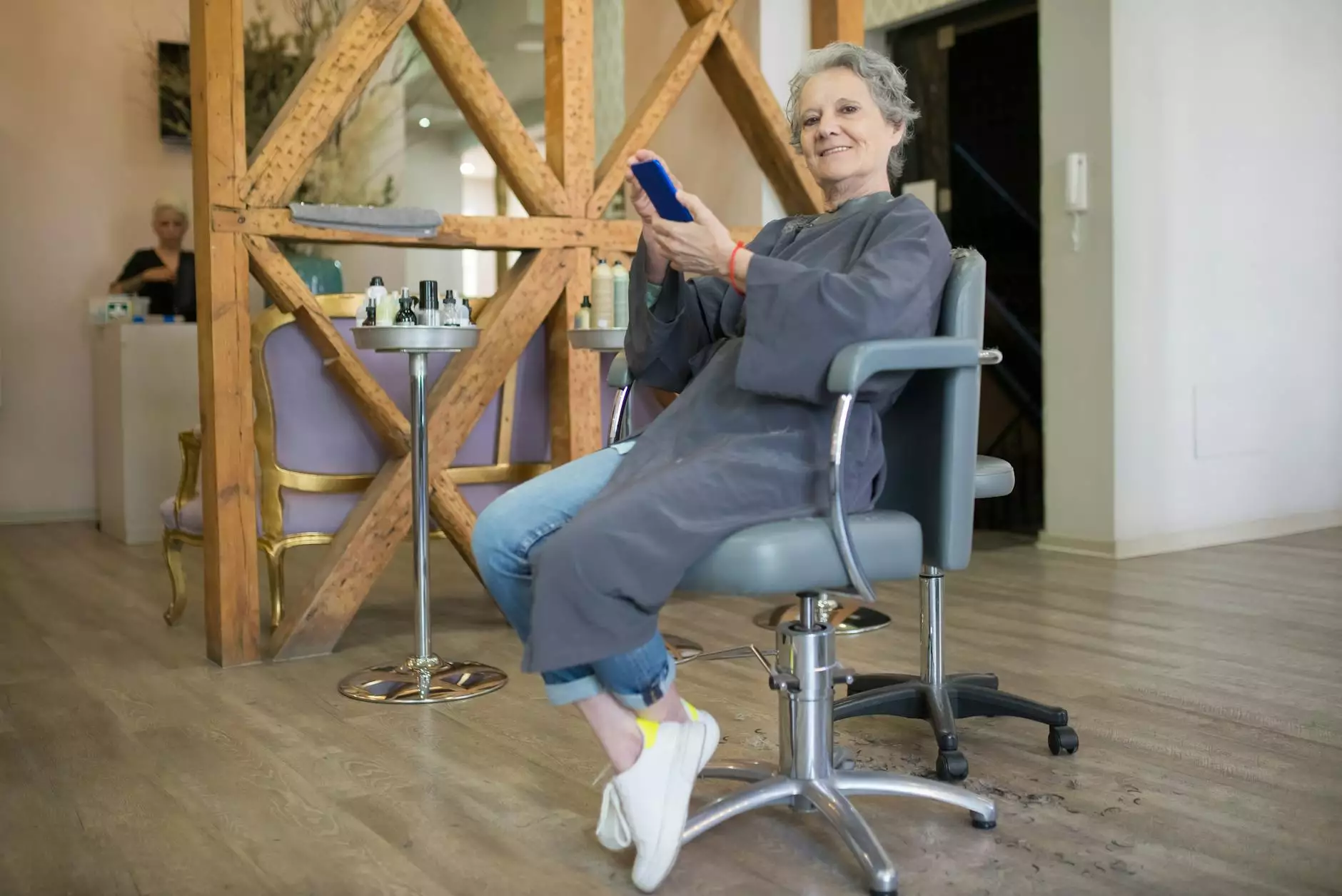The Ultimate Guide to Lead Screen for X-Ray Protection

In today's advancement-driven world, safety in healthcare and industrial settings is more critical than ever. As the use of x-ray technology proliferates across various sectors, understanding the importance of lead screens for x-ray protection cannot be overstated. This comprehensive guide aims to delve deep into the significance, application, and benefits of lead screens, ensuring you are well-informed when considering radiation shielding solutions.
Understanding Radiation and the Need for Protection
Radiation is a form of energy that travels through space. When we think of radiation in the context of medical imaging, we often refer to ionizing radiation, which is used in x-rays. This type of radiation can pose health risks, including cancer, if proper protective measures are not taken.
Lead has long been recognized as a highly effective material for shielding against such radiation. Its high atomic number makes it particularly adept at absorbing and blocking x-ray photons, which is why many facilities employ lead screens for x-ray protection.
The Role of Lead Screens in Various Settings
Lead screens serve multiple purposes in both healthcare and industrial environments. Here are a few notable applications:
- Medical Facilities: In hospitals and clinics, lead screens are used to protect medical staff and patients from unnecessary radiation exposure during diagnostic imaging procedures.
- Dental Offices: Dental x-rays are common, and lead screens help ensure that the staff operating the machines and patients receiving x-rays are shielded effectively.
- Industrial Applications: Industries that use x-ray technology for inspections—like aerospace and manufacturing—also rely on lead screens to protect workers from radiation.
What Constitutes a Lead Screen?
A lead screen for x-ray protection is typically made of a substantial layer of lead, often encased within a protective coating such as vinyl or rubber. This ensures that the lead remains intact while safeguarding it from physical damage or contamination. The thickness of the lead screen is critical—it must be substantial enough to effectively attenuate the level of radiation exposure. Common thicknesses range from 0.5 mm to 2 mm, depending on the required level of protection.
Types of Lead Screens
1. Lead Glass Screens
Lead glass screens are specially designed to allow visibility while providing adequate protection. They are commonly used in x-ray rooms, enabling technicians to monitor patients while remaining shielded from radiation.
2. Portable Lead Screens
Portable lead screens are versatile and can be moved to different locations as needed. They are particularly useful in emergency settings or when working with mobile x-ray equipment.
3. Lead Rubber Screens
Lead rubber screens combine flexibility and protection. They are often used in environments where mobility is essential, such as in dental x-ray applications.
The Benefits of Using Lead Screens
Investing in lead screens for x-ray protection comes with several significant advantages:
- Enhanced Safety: The primary benefit is increased safety for medical staff and patients. By effectively blocking harmful radiation, lead screens minimize health risks associated with repeated exposure.
- Improved Compliance: Many regulatory bodies have strict guidelines regarding radiation safety. Utilizing lead screens helps facilities remain compliant with these standards.
- Cost-Effective Solution: While the initial investment may be substantial, the long-term benefits of reduced health risks and compliance with safety standards often outweigh the costs.
Regulatory Standards and Guidelines
Understanding and adhering to regulatory standards is crucial when implementing lead screens for x-ray protection. Various organizations provide guidelines to ensure safety in facilities using radiation:
- The American National Standards Institute (ANSI): Sets safety standards for x-ray equipment and protective barriers.
- The National Council on Radiation Protection & Measurements (NCRP): Offers recommendations on radiation protection, including the use of shielding devices.
- Occupational Safety and Health Administration (OSHA): Enforces regulations to protect workers from hazards, including radiation exposure in the workplace.
Best Practices for Implementing Lead Screens
1. Assess Your Needs
Before acquiring lead screens, conduct a thorough assessment of your facility’s requirements. Consider factors such as the type of radiation exposure, the number of personnel needing protection, and the layout of your workspace.
2. Choose the Right Type of Lead Screen
Evaluate the different types of lead screens available and determine which one suits your needs best—whether it's lead glass for visibility, portable screens for versatility, or lead rubber for flexibility.
3. Regular Maintenance and Inspections
To ensure ongoing effectiveness, regularly inspect lead screens for any dents, scratches, or signs of wear. Proper maintenance extends their service life and ensures optimal protection.
Conclusion
Lead screens for x-ray protection are an indispensable component in safeguarding against radiation exposure in various settings—from hospitals to industrial environments. Understanding the types, benefits, and best practices surrounding lead screens will empower you to make informed decisions regarding radiation safety in your facility.
At Ovmdevice.com, we specialize in radiation shielding materials and radiation shielding devices, offering high-quality lead screens tailored to meet your specific needs. Ensure the safety of your staff and patients by investing in reliable and effective radiation shielding solutions today.
Frequently Asked Questions
What is the proper thickness for a lead screen?
The appropriate thickness for a lead screen depends on the type of radiation and the level of exposure anticipated. Generally, a thickness of 0.5 mm to 2 mm is recommended for effective x-ray protection.
Are lead screens safe for long-term use?
Yes, lead screens are safe for long-term use as long as they are properly maintained and regularly inspected for damage.
How do I select the best lead screen for my practice?
Assess your specific needs, considering factors such as visibility requirements, mobility, and the type of procedures performed in your facility. Consulting with a radiation safety expert can also provide valuable insights.
Call to Action
Ready to enhance radiation safety in your facility? Contact us at OVM Device to learn more about our extensive range of high-quality lead screens for x-ray protection. Let's ensure the safety of your environment together!









